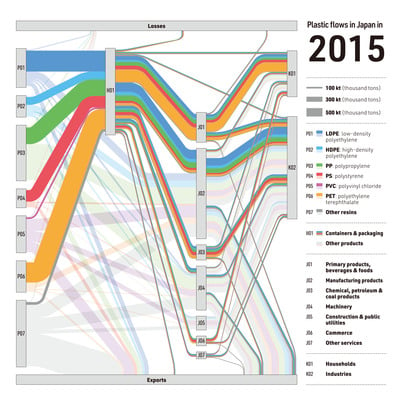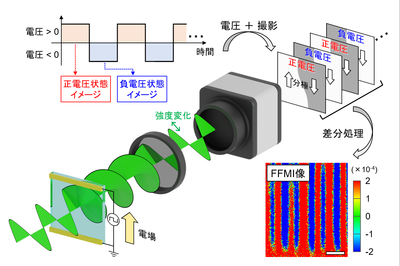Share this
Authors
Jun Nakatani, Tamon Maruyama, Yuichi Moriguchi
Abstract
The Japanese government developed a strategy for plastics and laid out ambitious targets including the reduction of 25% for single-use plastic waste and the reuse/recycling of 60% for plastic containers and packaging by 2030. However, the current usage situation of single-use plastics including containers and packaging, which should be a basis of the strategy, is unclear. Here, we identify the nationwide material flow of plastics in Japan based on input–output tables. Of the domestic plastic demand of 8.4 Mt in 2015, 1.6 and 2.5 Mt were estimated to be for containers and packaging comprising household and industry inflows, respectively, through the purchase/procurement of products, services, and raw materials. Considering the current amount of recycling collected from households (1.0 Mt) and industries (0.3 to 0.4 Mt), the reuse/recycling target has already been achieved if the goal is limited to household container and packaging waste, as is the focus of Japan’s recycling law. Conversely, the results indicate that it will be extremely difficult to reach the target collectively with industries. Therefore, it is essential that efforts be made throughout the entire supply chain. Food containers and packaging that flowed into the food-processing and food service sectors accounted for 15% of the inflow of containers and packaging into industries. Thus, the key to achieving the reuse/recycling target will comprise the collection of plastic food packaging from not only households but also the food industry. Furthermore, the collection of flexible plastic films used between industry sectors will put the target within reach.
PNAS:https://www.pnas.org/content/early/2020/07/30/2001379117
These Related Stories

